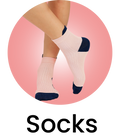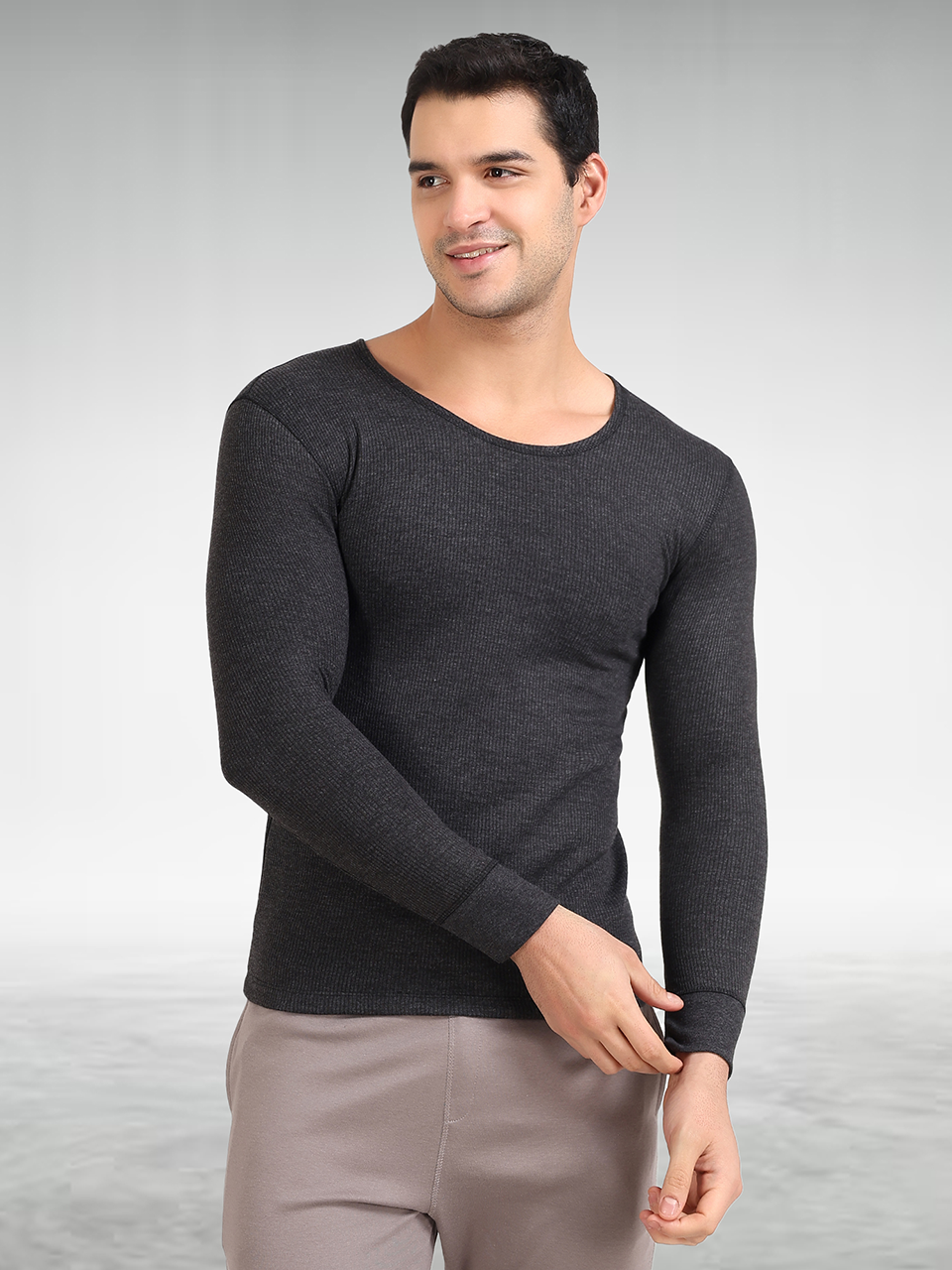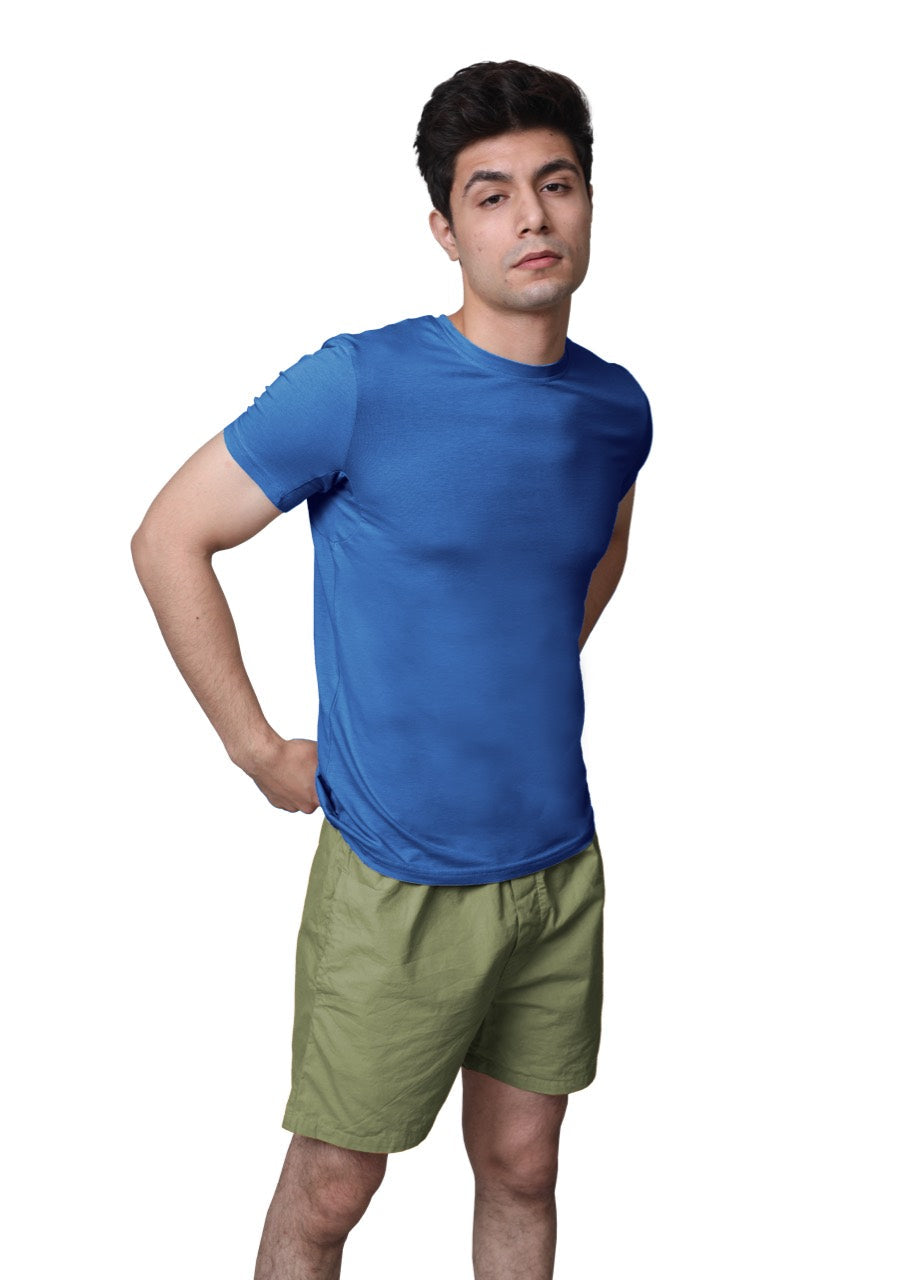Beyond a simple square of fabric, the bandana is experiencing a renaissance, fueled by both practicality and high fashion. Once relegated to cowboys and rock stars, the bandana is now a staple in streetwear and even gracing runways, reimagined in silk and adorned with intricate patterns. But its versatility extends beyond aesthetics. In an era increasingly conscious of sun protection, a bandana offers a readily available shield against harmful UV rays, especially crucial during outdoor activities like hiking or cycling. We'll explore how this humble accessory offers both style and essential protection, showcasing its adaptability in today's world.

The Enduring Appeal of the Bandana
From cowboys and outlaws to rock stars and runway models, the bandana has traversed social strata and fashion trends, proving its staying power. Its simple square shape belies a remarkable versatility. Beyond its aesthetic appeal, the bandana offers practical sun protection, making it a staple for outdoor enthusiasts and those seeking refuge from harsh rays. But what accounts for its enduring appeal? It's a confluence of factors: affordability, adaptability. A certain rebellious spirit that resonates across generations.
Bandanas: A Historical Overview
The bandana's history is rich and varied. The word "bandana" itself originates from the Sanskrit word "badhnati," meaning "to tie." Originally, bandanas were likely made of silk or cotton and printed with intricate patterns. Over time, they became associated with different groups and movements. In the American West, cowboys used bandanas to protect themselves from dust and sun. During the Industrial Revolution, they were sometimes used to signal union membership. The bandana has been a symbol of counter-culture, rebellion. Practicality throughout history.
Materials and Construction: The Fabric of Function
Bandanas are typically made from cotton. Variations exist using materials like silk, linen, or synthetic blends. The choice of material affects its absorbency, breathability. Durability.
- Cotton: The most common choice, offering good absorbency and breathability. Cotton bandanas are generally affordable and easy to care for.
- Silk: A more luxurious option, silk bandanas are lightweight and offer a smooth, comfortable feel. But, they are less durable and require more delicate care.
- Linen: Known for its strength and breathability, linen bandanas are a good choice for warmer climates.
- Synthetic Blends: These blends, often incorporating polyester or microfiber, offer enhanced durability, moisture-wicking properties. Resistance to wrinkles.
The construction is generally simple: a square piece of fabric with hemmed edges to prevent fraying. Higher-quality bandanas may feature reinforced stitching for increased durability.
Sun Protection: Blocking the Rays in Style
While not a replacement for sunscreen, a bandana can provide valuable sun protection, particularly for the neck, face. Scalp. The effectiveness depends on several factors:
- Material: Densely woven fabrics offer better sun protection than loosely woven ones. Darker colors generally absorb more UV radiation than lighter colors.
- Coverage: The larger the area covered by the bandana, the greater the protection.
- Layering: Folding or layering the bandana can increase its sun protection factor (SPF).
A dark-colored, tightly woven cotton or linen bandana, worn doubled or tripled, can offer a reasonable level of protection, especially when combined with other sun-safe practices like wearing sunscreen and seeking shade. Dermatologists often recommend wearing tightly woven clothing or accessories with a UPF (Ultraviolet Protection Factor) rating for optimal sun protection.
Versatile Styling: Beyond Sun Protection
The bandana's true genius lies in its adaptability. It can be styled in countless ways, making it a versatile accessory for any wardrobe.
- Headband: Folded and tied around the forehead, a bandana can keep hair out of your face during workouts or outdoor activities.
- Neck Scarf: Worn around the neck, it adds a touch of style and provides protection from the sun or wind.
- Wrist Accessory: Tied around the wrist, it's a cool and casual statement piece.
- Pocket Square: Folded neatly and placed in a blazer pocket, a bandana adds a pop of color and personality.
- Bag Accessory: Tied to a handbag strap, it adds a unique and stylish touch.
- Face Covering: In situations requiring a face covering, a bandana can provide a temporary solution.
The possibilities are endless, limited only by your imagination. Celebrities and influencers often showcase innovative ways to incorporate bandanas into their outfits, further fueling their popularity.
Bandana Patterns and Colors: Making a Statement
Bandanas come in a wide array of patterns and colors, allowing for self-expression and personalization. The classic paisley pattern remains a popular choice. Other options include solid colors, stripes, polka dots. Even custom designs.
- Paisley: A timeless and iconic pattern, often associated with Western and bohemian styles.
- Solid Colors: Versatile and easy to match with different outfits.
- Stripes: A classic and preppy choice.
- Polka Dots: A playful and retro pattern.
- Custom Designs: Allow for personalization and self-expression.
The choice of pattern and color can reflect your personal style and the occasion. A bold, patterned bandana can add a statement to a simple outfit, while a solid-colored bandana can complement a more elaborate look. The interplay of Fashion and Comfort is very crucial here. You want something that looks great. Also feels good to wear, especially when considering sun protection.
Real-World Applications: From Workwear to High Fashion
The bandana's versatility extends beyond personal style. It has practical applications in various fields:
- Construction and Landscaping: Workers often use bandanas to protect themselves from dust and debris.
- Outdoor Activities: Hikers, bikers. Campers use bandanas for sun protection, sweat absorption. First-aid purposes.
- Culinary Industry: Chefs and cooks sometimes use bandanas to keep their hair out of their face while cooking.
- Fashion Industry: Designers often incorporate bandanas into their collections, showcasing their versatility and style.
For example, a construction worker might soak a bandana in water and wear it around their neck to stay cool in hot weather. A hiker might use a bandana as a makeshift bandage in case of a minor injury. These real-world applications highlight the bandana's practicality and resilience.
Caring for Your Bandana: Maintaining Quality and Longevity
Proper care can extend the life of your bandana and maintain its quality. The specific care instructions will vary depending on the material. Some general guidelines apply:
- Washing: Machine wash in cold water with similar colors. Avoid using bleach, as it can damage the fabric and fade the colors.
- Drying: Tumble dry on low heat or hang to dry. Avoid over-drying, as it can cause shrinkage.
- Ironing: Iron on a low setting if necessary.
- Storage: Store in a clean, dry place.
For delicate materials like silk, hand washing and air drying are recommended. With proper care, your bandana will remain a stylish and functional accessory for years to come.
Bandanas vs. Other Sun Protection Accessories: A Comparison
While bandanas offer sun protection, it's vital to compare them to other accessories designed for this purpose.
| Accessory | Pros | Cons |
|---|---|---|
| Bandana | Versatile, affordable, stylish, readily available | Offers limited SPF protection, may require layering for adequate protection |
| Sun Hats | Provide excellent sun protection for the face and neck | Can be bulky, less versatile than bandanas |
| Sun Sleeves | Offer sun protection for the arms, lightweight and breathable | Only protect the arms, less versatile than bandanas |
| Neck Gaiters (UPF Rated) | Offer excellent sun protection for the neck and face, breathable and comfortable | Can be more expensive than bandanas, may not be as stylish |
Ultimately, the best choice depends on your individual needs and preferences. A bandana can be a valuable addition to your sun protection arsenal, especially when combined with other measures like sunscreen and protective clothing. Remember to choose a tightly woven fabric and layer it for optimal protection.
Conclusion
So, you see, the bandana is more than just a square of fabric; it's a statement piece, a functional tool. A shield against the elements. Don't let it sit unused in a drawer! I recently used mine as a makeshift camera strap on a hike when my actual strap broke – talk about resourceful! This season, think beyond the traditional headscarf and experiment with bandana tops, inspired by the Y2K revival, or even tie one around your favorite sling bag for a pop of color. Remember to choose high-quality, breathable fabrics like cotton for optimal comfort and sun protection. Now go forth, get creative. Rock your bandana with confidence! It’s time to add a little flair and functionality to your everyday style.More Articles
Tees – Premium Comfort & Lasting StyleWomen's Tank Top – Breathable Fabric & All-Day Comfort
Sleeves – Sun Protection & Enhanced Performance
Boxers for Women – Relaxed Fit & Breathable Cotton
FAQs
So, what's the deal with bandanas? Are they just for cowboys?
Definitely not! While they have a cool Wild West vibe, bandanas are super versatile. Think of them as a small square of awesome fabric that can be worn in tons of ways – headbands, neck scarves, face coverings, even tied onto your bag for a pop of color. The possibilities are pretty endless!
Okay, cool. But how does a bandana actually protect you from the sun? Is it really effective?
Good question! A bandana offers some sun protection. It's not as strong as sunscreen or UPF-rated clothing. The protection level depends on the fabric's color and weave density. Darker colors and tighter weaves block more UV rays. It's best to think of a bandana as an extra layer of defense, not your only one. Slather on the sunscreen underneath!
What are some of the most popular ways people are wearing bandanas these days?
You've got a bunch of options! As a headband to keep your hair out of your face is always classic. Tying it around your neck as a scarf is stylish. During the pandemic, many people used them as face coverings (though not as effective as proper masks!). And like I said, tying it to your bag or wrist is a fun accessory.
Are all bandanas made of the same stuff? Does the material matter?
Nope, the material definitely matters! Most bandanas are made of cotton, which is comfy and affordable. But you might also find them in silk (more luxurious!) , linen (breathable), or even synthetic blends (durable and quick-drying). The material affects how it feels, how it drapes. How well it protects you from the sun.
I've seen some pretty intricate bandana patterns. Is there any specific meaning behind them?
Historically, certain bandana patterns and colors did have specific meanings, particularly in certain subcultures. Nowadays, though, most patterns are just for style. You might find bandanas with paisley, geometric designs, or even custom prints. Choose whatever speaks to you!
How do I keep my bandana from slipping off my head? It's so annoying!
Ah, the dreaded bandana slippage! A few tricks can help: try folding it into a thinner strip before tying, using bobby pins to secure it in place, or using a bandana with a slightly grippier texture. Also, make sure you're tying it tight enough without making it uncomfortable.
Okay, last one: How do I wash a bandana? Is it a pain to take care of?
Luckily, bandanas are generally pretty low-maintenance. Most cotton bandanas can be machine washed and dried. For delicate materials like silk, hand washing is best. Just be sure to wash it separately the first time, especially if it's brightly colored, to prevent any dye from bleeding onto your other clothes.






